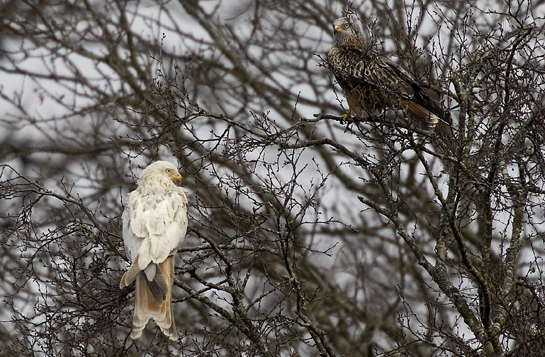
In response to Julian’s recent comment from Gigrin I thought I’d do a post that looks at the parameters of working on such a shoot.
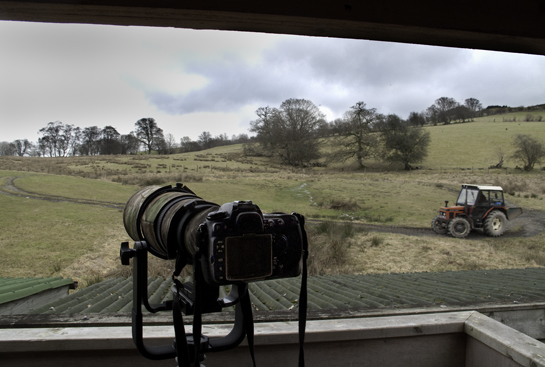
Which Hide?
I would suggest working from the small tower hide that sits above the original lower hides. There is a further tower hide in construction at the moment and that looks like it will also be a good spot. The extra ten pounds is well worth it as you have much more space and an open aspect allowing for shots to be panned. It’s far easier following a bird here than in the lower hides. You need to book  a few days before your visit as it gets fairly busy with photographers and only has room for five people. There is a roof but as you can see from the image it is really best to see it as an open air hide and as such you would need some form of rain protection fro the camera and lens.
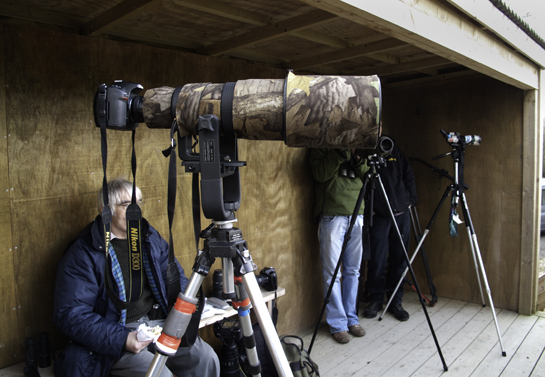
What’s The Best Time?
Although feeding in winter is a 2.00pm (3.00pm after the clocks go forward in the spring), the best time to photograph is a couple of hours after this. The initial influx of kites, well over a hundred now, move in on mass and the whole area becomes a complex mix of birds. Kites, Buzzards and the Crows all come down at the same time and it’s hard to follow a particular bird. You find yourself not quite knowing which bird to follow! Later on the competition seems to diminish and the birds come in slower and in less numbers, giving a much better chance to stay with a bird and lock the focus onto it.
Tripod or Not?
Over a long session, I was in the hide for three and a half hours, it’s much easier and more comfortable to have the camera mounted on a tripod. It’s also far easier to pan and follow the birds with a tripod that moves freely as you pan and tilt with it. If you are using a bean bag in the tower hid you’ll find yourself kneeling down – not ideal and also difficult for those shots that are against the sky.
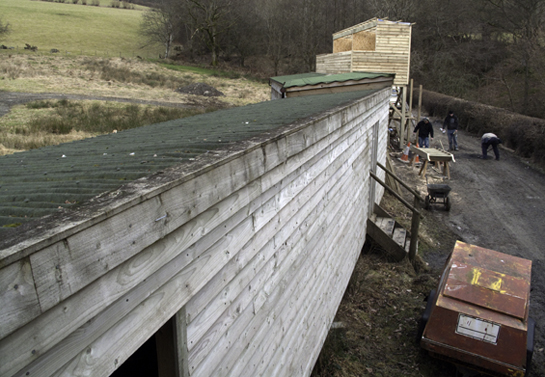
What Lens?
All the shots on the recent postings were taken with a 500m f4 lens. This is about the limit as ‘finding’ the birds can be difficult with a focal lengh above this. Remember with a DX format the effective focal length is actually more like 750mm. If your working with an FX format it retains its nominal focal length. At times, as the Kites wheel over your head, a 300mm would be better, but on the whole I would stick with a 500mm, or a 300mm with a 1.4 converter. The kites normally perch in the trees at the top of the feeding field and to reach them here it would be necessary to add  a 1.4 or 1.7 converter to the 500mm. The White Kite in the tree was taken with the 500 and a 1.7.
What ISO?
Always have your ISO as low as the light and lens will allow. Most of my shots on this last shoot were taken with the ISO set to 500 – I don’t like to go beyond this if at all possible. With a beautiful blue sky and the sun always with you at Gigrin, never directly in you eyes, I would be working at 200 ISO. This particular day the sky was overcast and allowing me to work with shutter speeds of between 1/500th second and 1/1000th second. With a tripod and careful panning, this is enough to keep the birds sharp. The aperture would be fully open, or one stop down most of the time, which keeps the birds sharp throughout. You could also in these circumstances where the difference in light levels between the sky and the ground is marked, use AUTO ISO (more about this in a forthcoming post)
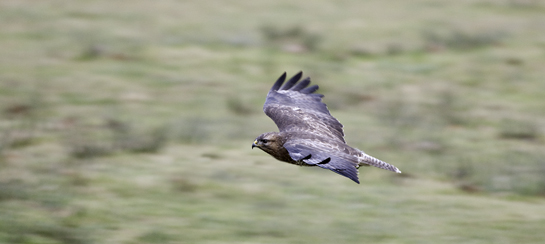

Tim
Thank you for an excellent and very thorough article on Gigrin and photographing these wonderful birds. You have answered all my questions and more!
The shot of the Leucistic and Red is superb considering the magnification (12.75x if my calcs are right!). The eyes are super sharp and is well timed – with them both looking “towards” the camera.
Gigrin looks a special place and your images are helpful in illustrating what to expect. I look forward to making the trip up to Rhayader soon.
Very informative and inspirational as always.
Much appreciated.
Kind regards
Julian
Glad it was useful Julian, good luck when you go.
I assume you have a full frame camera Tim?
No Chris, still working with the Nikon D300 DX format at the moment.